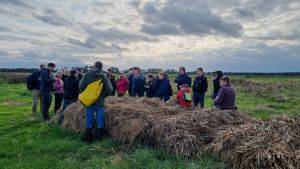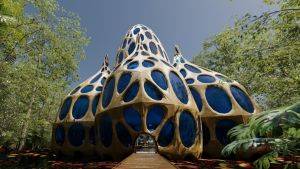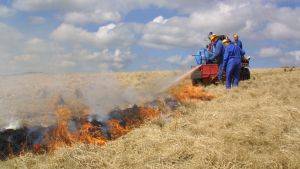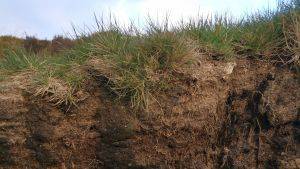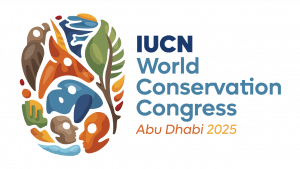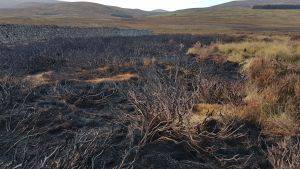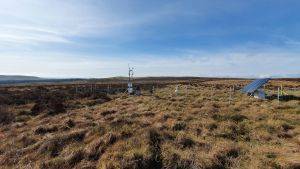The Yorkshire Integrated Catchment Solutions Programme (iCASP) is an exciting new programme, funded by the Natural Environment Research Council (NERC), to achieve £50M of benefits for the regional economy over the next five years.
It will support partnerships between regional organisations and researchers to use NERC-funded science to manage flood and drought risk in the context of climate change, improve water quality, and enhance the carbon storage, productivity and resilience of the region’s soils and woodlands, through joined-up approaches to land and water management in the River Ouse basin.
The overarching idea is to make sure existing environmental science is translated for use by iCASP partner organisations, which include the IUCN UK Peatland Programme, so that responses to challenges such as sustainable land management and flood risk reduction achieve optimal outcomes.
Peatland restoration is a prime example of what may be possible. Because peat delivers multiple benefits: storing carbon, mitigating flooding and providing habitat for diverse species, to name a few, using the very latest evidence to inform restoration decisions could achieve a greater return on investment in restoration programmes. Expertise provided through iCASP could add value through, for example, the formulation of business cases, option appraisal, monitoring outcomes and influencing funding.
The other important principle governing iCASP is the need for co-creation. Projects to translate science for greater impact need to be designed in partnership by both science providers and users. Those that can deliver the greatest value in terms of impact and have clearly bounded needs are most likely to be selected for iCASP support.
The programme will be launched officially in July 2017 together with the new Yorkshire Catchment Solutions Forum, which will provide a platform for sharing learning, identifying connections between catchment management initiatives, highlighting research gaps and devising new projects to address these, and generating topical and themed events.
Contact: icasp@leeds.ac.uk
Twitter: @yorkshireiCASP

